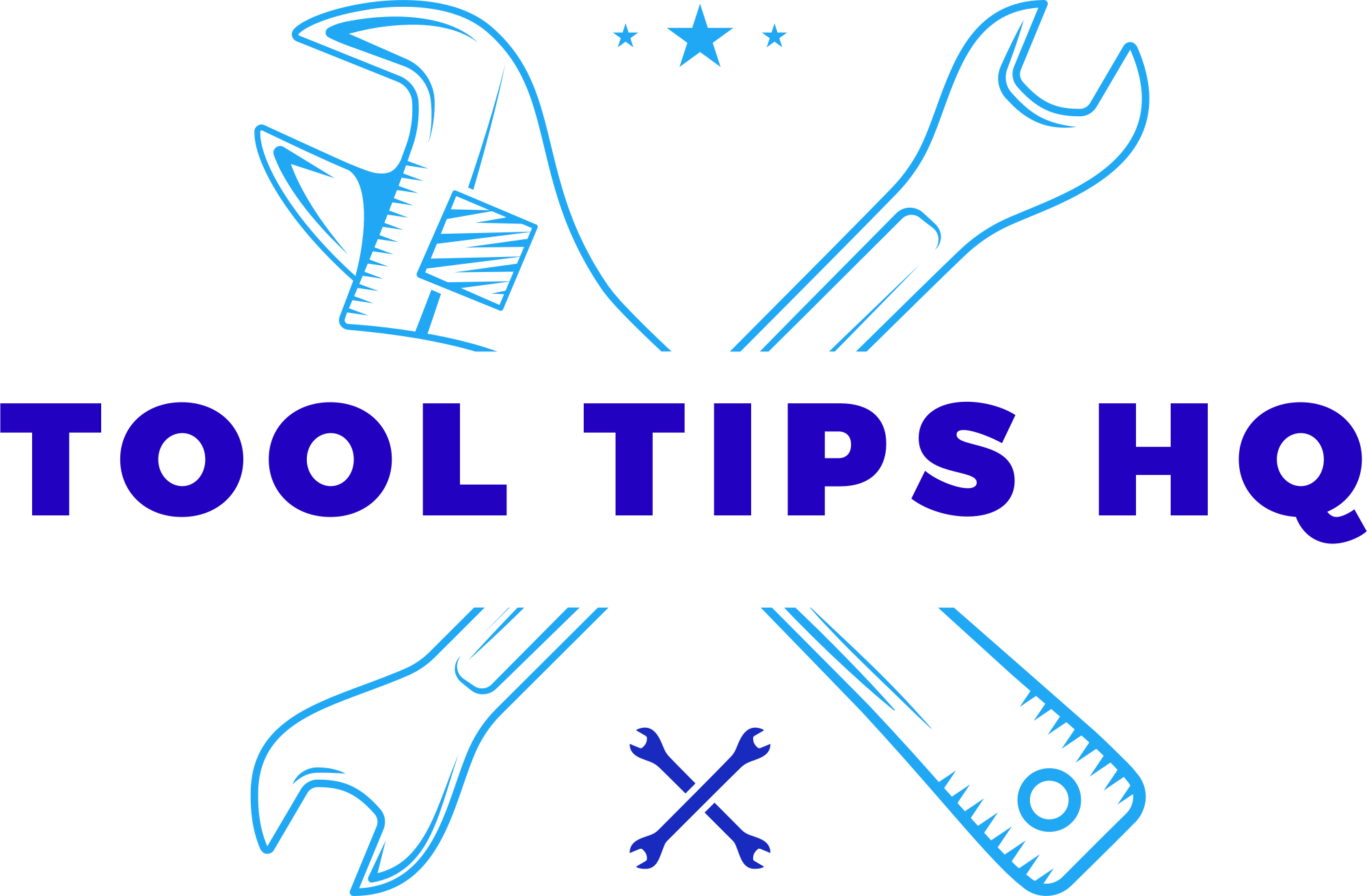In a world where precision meets creativity, the tools we choose to wield can make all the difference. Welcome to the realm of Acme Tools, where craftsmanship takes center stage and innovation fuels the imagination. Whether you’re an experienced artisan or a weekend DIY enthusiast, understanding how to properly handle and use these tools is essential for achieving stunning results. In this article, we will explore the ins and outs of Acme Tools, from best practices for handling to techniques that unlock their full potential. By equipping yourself with the right knowledge, you’ll not only enhance your skills but also ensure the longevity of your tools, paving the way for countless projects to come. So, let’s dive in and discover how to make the most of your Acme Tools experience!
Understanding Acme Tools and Their Unique Features
Acme Tools are designed with innovation in mind, featuring advanced engineering that caters to both amateur and professional users. One of their standout characteristics is the **ergonomic design** that ensures comfort during extended use, allowing for precise control without straining your hands. Furthermore, many Acme Tools come equipped with **smart technology**, enabling users to connect tools to their devices for real-time data tracking, maintenance reminders, and usage analytics. This integration not only enhances user experience but also optimizes tool performance, ensuring projects are completed efficiently.
Another unique aspect of Acme Tools is their commitment to **sustainability and durability**. Each tool is built using eco-friendly materials that comply with stringent environmental standards while still boasting exceptional resilience against wear and tear. Among the features that users appreciate are the **quick-change mechanisms** and **multi-functional capabilities**, which reduce the need for multiple tools, making them a cost-effective choice for both home improvement enthusiasts and professionals alike. Understanding these features is crucial for maximizing the potential of Acme Tools and for selecting the right tool for your next project.

Essential Safety Practices for Tool Handling
When handling tools, the primary focus should always be on safety and proper techniques. Start by ensuring that you are wearing appropriate **personal protective equipment (PPE)**. This includes safety goggles to shield your eyes, gloves to protect your hands, and sturdy footwear to guard against foot injuries. Below are essential practices to keep in mind while working with tools:
- **Inspect tools before use:** Always check for damage or wear to prevent accidents.
- **Maintain a clean workspace:** A clutter-free area minimizes the risk of tripping or losing focus.
- **Use the right tool for the job:** Utilizing the correct tool not only enhances efficiency but also reduces risks.
- **Follow manufacturer instructions:** This ensures you are fully aware of how to operate each tool safely.
Additionally, it’s crucial to understand how to store tools properly after use. Improper storage can lead to rust, damage, or accidental injuries. Consider the following storage tips:
| Storage Method | Benefits |
|---|---|
| **Wall-mounted racks** | Maximizes floor space and keeps tools visible. |
| **Toolboxes** | Organizes tools securely and protects them from damage. |
| **Magnetic strips** | Easy access for frequently used tools. |

Techniques for Effective Tool Maintenance
Maintaining your Acme tools is crucial for ensuring optimal performance and longevity. Regularly inspecting your tools helps identify wear and tear before it leads to bigger issues. Some important maintenance practices include:
- Cleaning: After each use, remove dirt, dust, and debris. For power tools, ensure all moving parts are free from obstructions.
- Lubrication: Apply appropriate lubricants to moving parts to reduce friction and prevent rust.
- Sharpening: Keep cutting edges sharp to enhance efficiency and reduce strain on the motor or user.
To further support your maintenance routines, consider organizing your tools and supplies effectively. A well-structured storage system allows for easy access and encourages regular upkeep. Here’s a simple table to help you set maintenance reminders:
| Tool | Maintenance Task | Frequency |
|---|---|---|
| Drill | Clean & Lubricate | Every Use |
| Saw | Sharpen Blade | Monthly |
| Wrench | Inspect for Wear | Quarterly |
By incorporating these techniques into your routine, you can ensure that your Acme tools remain in excellent condition, ready to tackle any task with precision and ease.

Best Practices for Maximizing Tool Performance
To get the most out of Acme Tools, it’s essential to follow certain methodologies that enhance their longevity and effectiveness. Start by ensuring that your tools are well-maintained: regularly inspect them for wear and tear, and clean them after each use to prevent build-up that could impair functionality. Use **quality lubricants** on moving parts, and replace any worn components promptly to avoid further damage. Additionally, always align your tool choice with the specific task at hand; using a tool designed for a particular job can significantly boost both efficiency and safety.
Another key practice is to stay updated on the latest features and techniques associated with your Acme Tools. Attend training sessions or workshops offered by the manufacturer to deepen your understanding of tool capabilities. Create a workspace that is not only organized but also tailored for optimal tool use; consider the placement of frequently used tools for easy access. It can be helpful to implement a **labeling system** for quick identification and to establish **safety protocols** that ensure ease of use without risking accidents.
Q&A
**Q&A: How to Properly Handle and Use Acme Tools**
**Q1: What are Acme Tools, and what types of projects can I use them for?**
**A:** Acme Tools are a versatile range of high-quality tools designed for both professional tradespeople and DIY enthusiasts. They come in various categories, including power tools, hand tools, and accessories. You can use them for a wide array of projects, from woodworking and metalworking to plumbing and electrical work. Essentially, if you have a project that requires precision and durability, Acme Tools are likely up to the task!
**Q2: What safety precautions should I take when using Acme Tools?**
**A:** Safety is paramount when handling any tools. Here are some essential precautions for using Acme Tools:
1. Always wear appropriate personal protective equipment (PPE) such as gloves, safety glasses, and ear protection.
2. Read the user manual for each tool before operating it to understand its specific safety guidelines.
3. Inspect your tools regularly for any signs of wear or damage before use.
4. Ensure your workspace is clean and free from obstructions to avoid accidents.
5. Always use the right tool for the job to prevent injuries and tool damage.
**Q3: How should I maintain my Acme Tools to ensure longevity?**
**A:** Proper maintenance is key to extending the life of your Acme Tools. Follow these tips:
1. Clean your tools after each use to remove dust, debris, and residues.
2. Store your tools in a dry, organized space to prevent rust and damage.
3. Regularly lubricate moving parts as recommended in the user manual.
4. Check for any screws, bolts, or components that may require tightening or replacing.
5. Consider a professional servicing for larger power tools if you notice any performance issues.
**Q4: Can I repair my Acme Tools, and if so, how?**
**A:** Yes, many common issues with Acme Tools can be repaired! For minor repairs, you can replace worn-out parts, sharpen blades, or rewire electrical components. It’s essential to consult the tool’s manual for specific instructions related to repairs. If you’re unsure about how to proceed or the damage seems extensive, it’s always best to seek help from a professional technician or contact Acme Tools’ customer service for guidance.
**Q5: Are there any specific techniques for using power tools from the Acme Tools lineup?**
**A:** Absolutely! When using power tools from Acme Tools, here are a few best practices:
1. Always hold your tool with both hands for better control, especially for heavier models.
2. Ensure your workspace is well-lit so you can see what you’re doing without straining.
3. Use clamps or a vise to secure your materials, allowing you full control over the tool.
4. Let the tool do the work; don’t force it as this can lead to breakdown or accidents.
5. Double-check all adjustments and settings before starting to avoid mishaps.
**Q6: How do I choose the right Acme Tool for my project?**
**A:** Selecting the right tool depends on the specific requirements of your project. Consider the following:
1. Assess the task at hand and the material you’ll be working with (wood, metal, etc.).
2. Determine the scale of your project—do you need a compact tool for precision or a larger tool for heavier tasks?
3. Read reviews and recommendations for tools that are well-suited for your needs, particularly from fellow users who have similar projects.
4. Don’t hesitate to visit a local store to get a feel for the tools in person before making a purchase.
**Q7: Where can I find support or resources for using Acme Tools effectively?**
**A:** Acme Tools provides a wealth of resources including user manuals, instructional videos, and expert tips on their official website. You can also find helpful community forums and social media groups where fellow enthusiasts share their experiences and advice. Additionally, attending workshops or tool demonstrations may enhance your understanding of how to get the most out of your tools!
If you’re dedicated to mastering the use of your Acme Tools, following these guidelines will set you on the path to becoming a savvy and safe tool user. Happy crafting!
Key Takeaways
mastering the art of using Acme tools is not just about having the right equipment at your disposal; it’s about fostering a relationship with them that enhances both your skills and your projects. By understanding their unique characteristics, following safety protocols, and implementing effective maintenance practices, you can ensure that each tool serves its purpose while maximizing your efficiency and creativity.
As you embark on your next endeavor, remember that every great project begins with the right tools and knowledge. Whether you’re a seasoned professional or a weekend warrior, taking the time to properly handle and use your Acme tools will pave the way for successful outcomes and rewarding experiences. Embrace the journey, and let your tools guide you toward innovation and craftsmanship. Happy building!

